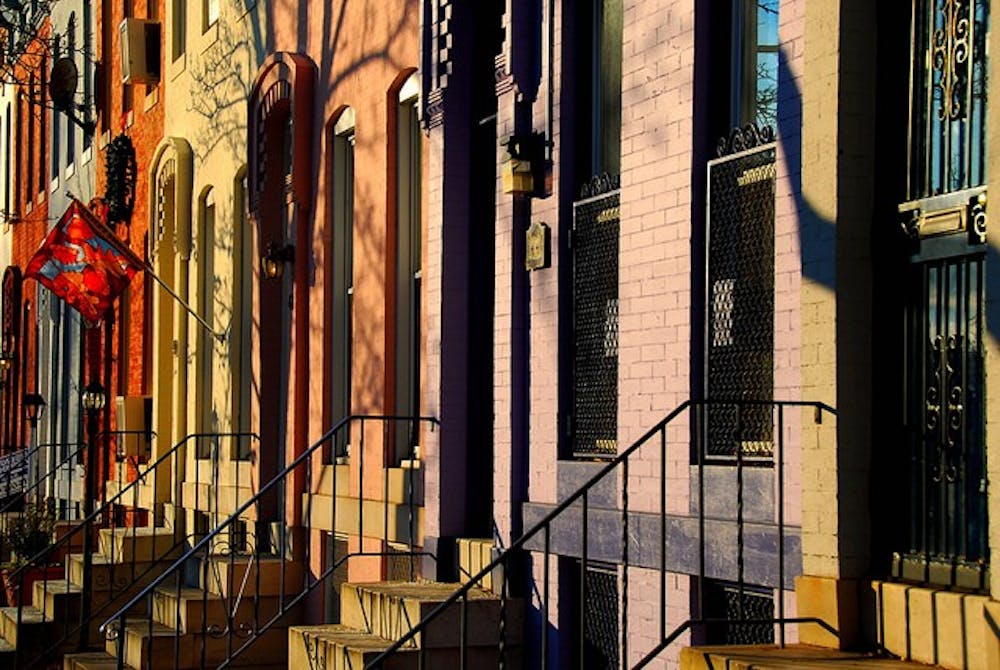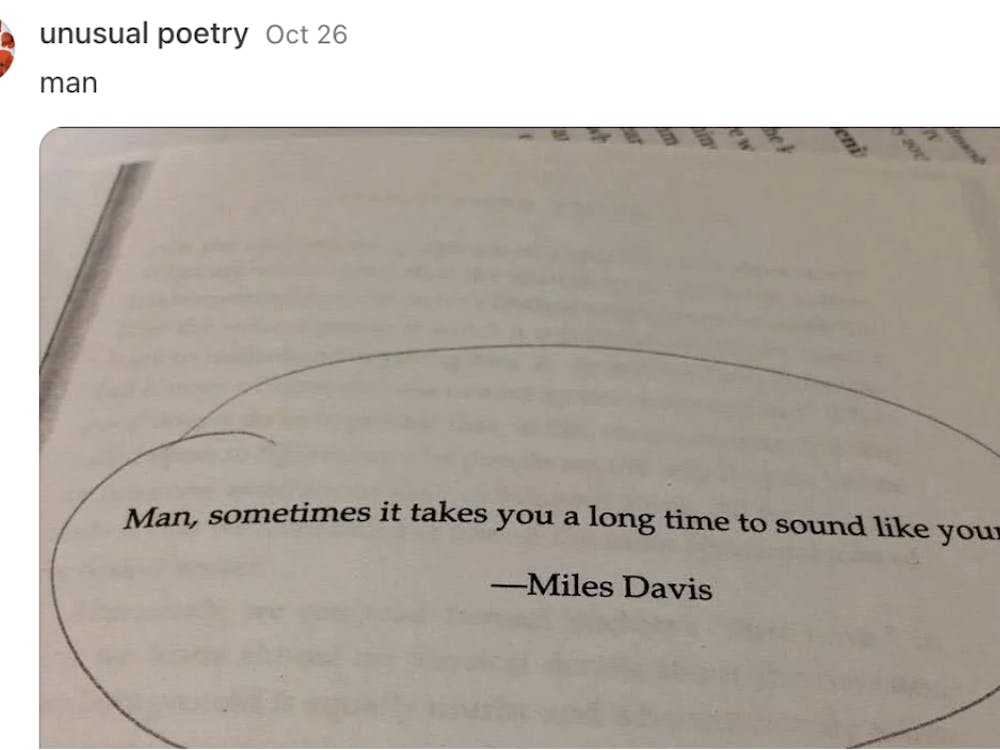Down in West Baltimore, there’s a six-lane highway that winds through the town. It’s a perfectly normal highway, except that there are no cars in sight and the road dead-ends into a McDonald’s.
Right next door is a neighborhood full of houses. They’re perfectly normal houses, too, except that all the windows have been shattered and replaced with cobwebs. The houses sit high above the recently deserted Pepsi plant and the rusting railroad tracks.
Baltimore’s story is one of abandonment. It is one similar to that of the forgotten Interstate 170, similar to that of the dilapidated rowhouses. Although Baltimore may have been one of the busiest and most prosperous ports once upon a time, the years have pulled a shroud of mildew over the city’s better days. The new, perhaps less glamorous Baltimore has been built on top of the old one.
Baltimore’s glory days were nothing short of majestic. The city once boasted the second-highest number of immigrants from Great Britain, due to the then-progressive religious tolerance, which allowed Protestants in the Catholic city. Railroads from across the country would converge to exchange goods with the barges in the harbor. At Fort McHenry during the War of 1812, Francis Scott Key penned our national anthem, the Star-Spangled Banner.
The city was home to Edgar Allan Poe and Babe Ruth, F. Scott Fitzgerald and H. L. Mencken. Rowhouses, although also popular in other cities such as New York City, exploded in popularity and became one of Baltimore’s trademarks, built in all different sizes and neighborhoods to accommodate everyone’s needs. During the Great Migration at the beginning of the 20th century, Baltimore was a safe haven for African-Americans moving north. The city was undeniably a hub of activity and excitement.
The decay of the city began in the 1960s, when drugs hit Baltimore, and hit hard. The previously increasing population suddenly started shrinking. Baltimore, previously proclaimed as “The Greatest City in America,” was now also “The U.S. Heroin Capital.” As heroin and cocaine spread, so did poverty and homelessness. Now there’s an average of 3,000 people without homes on the streets each night.
Ironically, there are more than 16,000 abandoned rowhouses that are past the point of fixing. The problem with rowhouses is this: As soon as one person abandons their rowhouse, bugs, rats and the collapsing infrastructure lower the property values and the general safeness of neighboring rowhouses. So, when one person moves out, slowly but surely, the rest of the block will follow.
Baltimore seems to embody irony in other aspects as well. Despite being “The City That Reads,” Baltimore now ranks 36th out of the 50 United States in terms of literacy. All of Baltimore seems to be the tragic tale of the city that could’ve been, but isn’t.
The abandoned highway was once supposed to connect Interstate I-70 to Interstate I-95, respectively the longest East-West (Maryland to Utah) and North-South (Maine to Florida) highways in the United States. The junction of the two would’ve boosted the economy of Baltimore significantly, drawing in far more travelers. The connecting segment of highway was built through a West Baltimore neighborhood to the strong objections of those living there. Due to some slight misunderstandings and miscommunications between the local government and the lower class, Baltimore’s dream of reestablishing itself as a lively crossroads failed.
The crux of the issues in Baltimore are hinged on the lapse of communication between the city’s government and those who actually live in the city. The disparity was clearly seen in the unrest surrounding Freddie Gray’s death only a year ago, where indignant protesters clashed with the police.
Furthermore, money is being spent in all the wrong places. Police officers, content with driving through West Baltimore and arresting the first people they see for minor drug possession charges, never find the suppliers they need to and end up putting people in jail for 20 years for six grams of weed. Taxpayers pay approximately $300 million per year for incarcerations in Baltimore, and part of that is spent on people who are put in jail for just $40 worth of weed. That’s ridiculously disproportionate.
There are other places where that money could actually be a big help. For example, those experiencing homelessness can’t always sleep on the streets, especially in cases of extreme weather. In those cases the homeless are sometimes forced to check into a shelter or admit themselves into the ER, which costs far more than the $50 a night that it takes to rent a standard two-bedroom apartment. Just one trip to the ER can cost more than an entire month’s rent. Baltimore’s money is being used to keep people homeless, which is more expensive anyway.
Baltimore’s problem is a distribution problem, where all the pieces are present but somehow none of them fit together. There was perfect junction of major highways that could’ve been, and the money is being spent in the wrong places. Baltimore is a shadow of its former self, and it will take a great deal of work to get it back to where it used to be.
Anita Louie is a freshman Writing Seminars major from Skillman, N.J.





